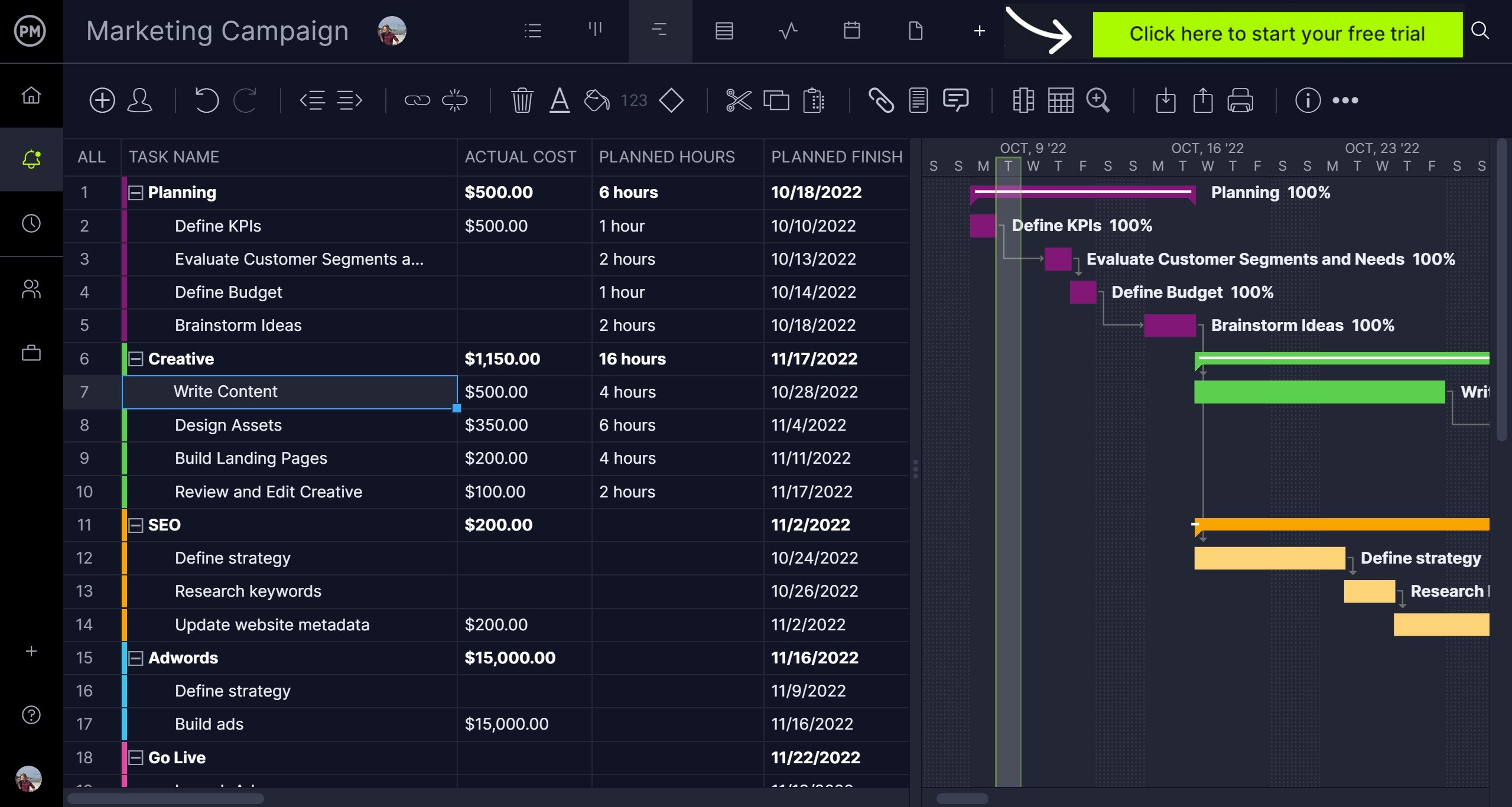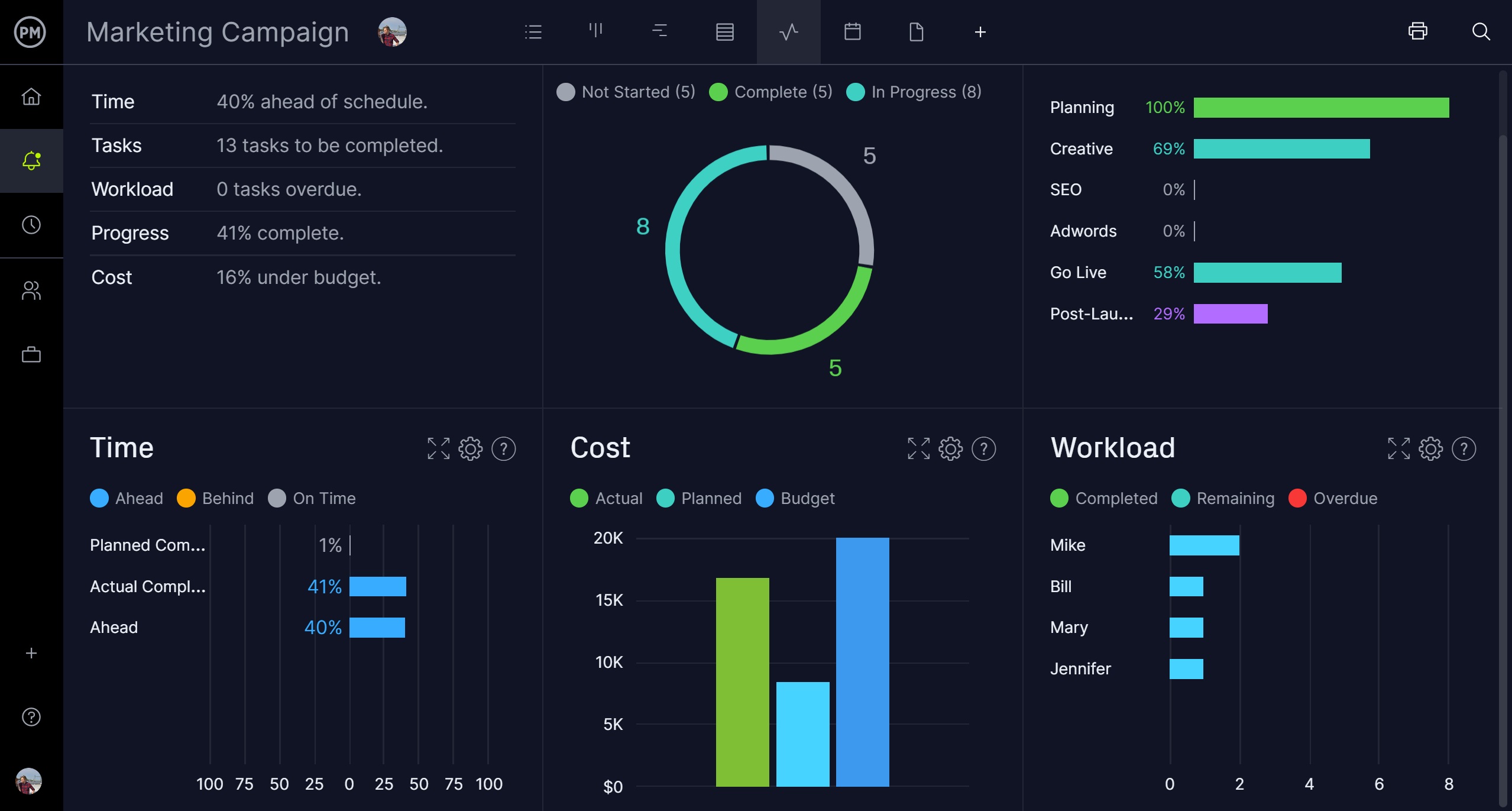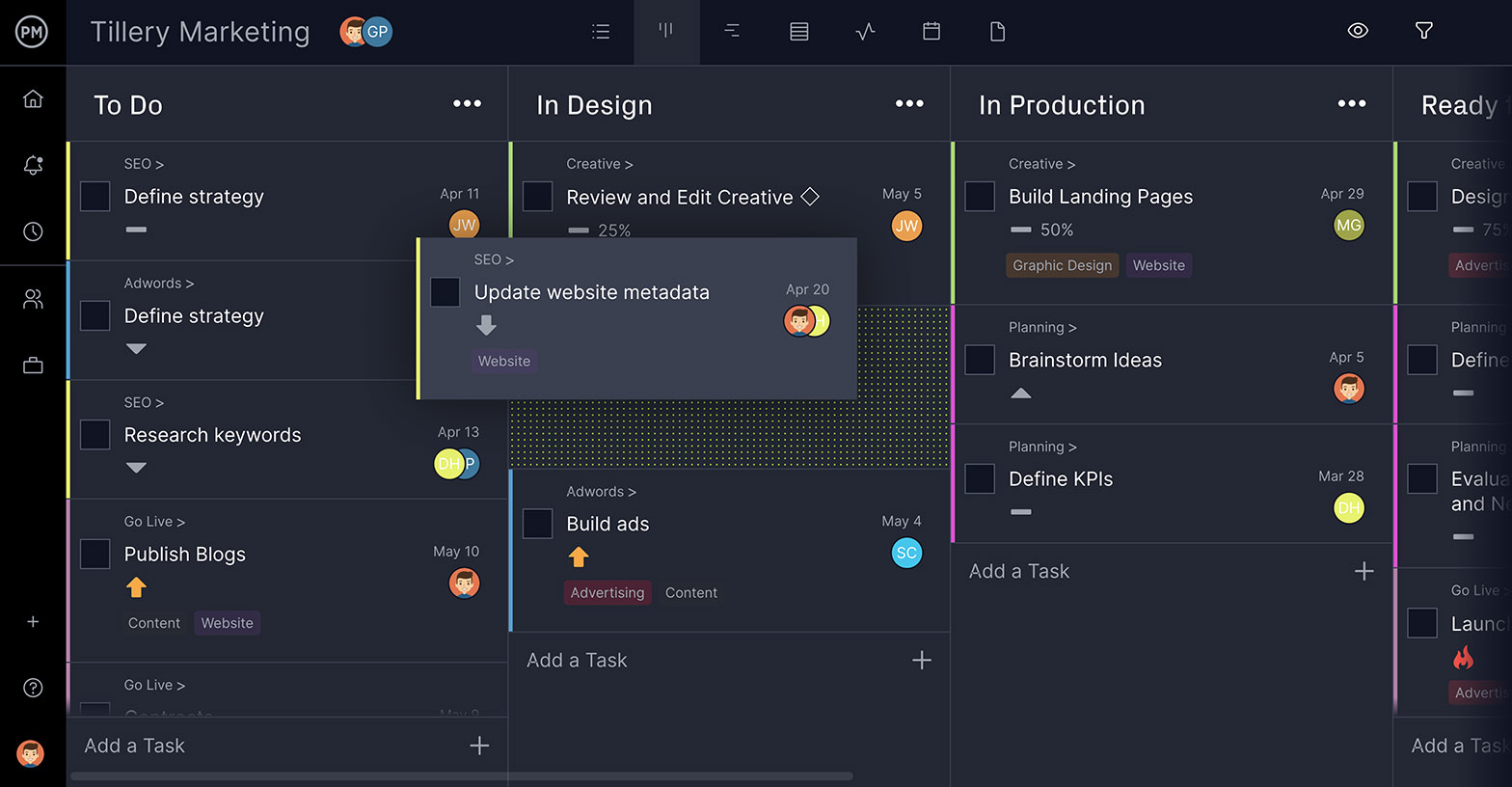There are several ways you might find yourself buying a product or service. As you shop around, you might be enticed to purchase something. For example, two common tactics include push marketing and pull marketing. Let’s look at push vs. pull marketing to better understand them.
Pull and push marketing are two marketing strategies that are used to sell products or services to an audience. Push vs. pull marketing isn’t a competition. Both have pros and cons, which we’ll get to in a moment, but understanding both can inform your next campaign.
What Is Push Marketing?
Push marketing is what it sounds like, the pushing of a product on a target audience. Push marketing brings your product or service to the audience through marketing. That can be by publishing content on a website and using SEO to draw them to it or a social media post that goes viral.
It’s general advertising as we’ve come to expect it. Push marketing is in your face. It draws you to a product that you never thought you wanted and before you know it, you’ve walked out of the store after completing a purchase. In other words, the push is promoting something.
You want to expose your product or service, ideally to that market segment you’ve researched. It’s less about long-term relationship building, though that’s always a secondary concern, and more about triggering an impulse buy. It’s immediate and can quickly increase your sales and strengthen your brand.
We’ll get to some examples of push marketing in a moment, but regardless of whether you push or pull in your marketing strategy, you’re going to need a plan to implement that strategy into a viable marketing campaign. ProjectManager is online software that helps you turn your strategy into a workable marketing plan. Our online Gantt charts help you organize activities, resources and costs. You can set a baseline to monitor your planned effort against your actual effort in real time to stay on track. Then share it across departments and even with outside vendors. Get started with ProjectManager today for free.

Push Marketing Examples
To get a better idea of what push marketing is, let’s look at some examples. There are many, but here are just a few to illustrate what’s meant by push marketing.
Direct Sales
Direct sales are selling directly to the customer. It avoids intermediaries in the supply chain. This could be online sales or those taking place in a brick-and-mortar establishment. Promotions for direct sales often include point-of-sales (POS) displays. You’ve seen them in supermarkets near the checkout, which are intended to grab a customer’s attention. These usually promote a new product or special offer to sweeten the deal.
Radio, TV and Other Ads
Another type of push marketing is commercials you hear on the radio or TV, but they can also be ads in magazines and newspapers. They’re paid advertisements created to sell a product or service and broadcasted on radio or TV shows that are popular with the target audience. That’s why you find products focused on older people being advertised during network news programs, as they have an older demographic. The same is true for products in magazines and newspapers. Beauty magazines have ads for beauty products and so forth. A lot of research is required to understand the target audience and where they spend their time.
Billboards
Billboards are large outdoor signs, usually near heavily trafficked roads used to promote a brand, product or service. It’s an efficient method of push marketing for getting the most views and long-term brand impressions. These giant signs imprint the company’s brand into the customer’s mind and even if they only see it in passing, they’ve done their job pushing the brand, product or service. Then when they see the item in a store, they’re more likely to buy it.
Advantages of Push Marketing
You’re likely familiar with push marketing. It’s been around seemingly forever because it works. There are many advantages to push marketing. Let’s review a few of the top reasons to use this strategy.
For one, manufacturers find push marketing useful when trying to establish a sales channel and need distributors to help with product promotion. Push marketing is great at giving product exposure and increasing customer awareness and demand.
That demand is easier to forecast and predict. The manufacturers control the levers in that they can make and push as much or as little of the product to their customers. If the manufacturers can produce at scale when there’s high demand, then economies of scale can be realized.
Disadvantages of Push Marketing
Push marketing is without its deficits. Even the best strategy has a downside and it’d be foolish to engage with push marketing without a full picture of its pluses and minuses. The following are some disadvantages of push marketing.
To take advantage of push marketing, you must have an active sales team. They have to develop strong relationships with retailers and distributors or it’s not going to work. If your company isn’t able to effectively negotiate with retailers and distributors, your products aren’t going to get stocked or given good placement.
Then there are new products. They’re hard to get traction in a retail environment because retailers have no insurance that these products will prove profitable. New products are hard for manufacturers to push, too, as they have no clear picture of how much demand for the product there will be.
Related: Free Product Requirements Template for Word
There there are the initial marketing efforts, which are sure to be costly. They have to focus on securing a one-time purchase and aren’t as concerned at first with building relationships with customers to develop loyalty. That means the results can be good at first and quickly decline.
What Is Pull Marketing?
The opposite of push marketing is pull marketing. This is a marketing strategy that aims to increase demand for its product or service by bringing the customer to the product or service or pulling them in.
The secret to pull marketing is getting a consumer to want your product. This marketing strategy can be simple to pull the customer in or it can be used in conjunction with push. That’s why the dynamic of push vs. pull marketing is somewhat misleading. They serve the same purpose, but they try to achieve that goal by different means.
The idea of pull marketing is to have the consumer want your product and actively seek it out. They’ll reach out to retailers and if they don’t sell the item, the retailer will likely want to start stocking it to meet the demand. This is a powerful marketing strategy as it converts consumers. This is the first step to creating a long-term relationship and brand loyalty.
Pull Marketing Examples
There are many examples of pull marketing. They might not be as obvious as push marketing at first glance, but when you take the time to examine these pull marketing examples, you’ll understand how they work discretely.
Content Marketing
Content marketing is when a company creates and distributes copy that is valuable and relevant to the audience they want to target. It should also be consistent in order to build a loyal following. By attracting potential customers to websites, magazines, etc., with interesting content that appeals to them, you’re more likely to get a call to action (CTA) that helps drive profitability. The pull here is you’re not pushing your product on people but enticing them with useful content that they want.
SEO
SEO stands for search engine optimization. The purpose of SEO is to get your webpage to rank higher on search engines. People who are searching for a keyword or topic, which is called organic search results, tend to not scroll down the page and rarely go past page one. Those first links on any search page are paid and likely expensive. If you can get your content to rank highly, you’ll get more visitors, leads and conversions. SEO strategy ties to content marketing. You can write the most relevant and engaging copy, but if you’re not showing up in search results, the likelihood of anyone, especially potential customers, finding it is close to nil.
Social Media
Another pull marketing strategy is social media. Everyone knows how integral social media has become in everyone’s life. Whether it’s LinkedIn, Facebook, Twitter, Instagram, TikTok, Redditt or other platforms, millions of people scroll through those sites every hour. If you can figure out a social campaign to stand out from the noise, it’s possible to engage with consumers by posting interesting content while building brand loyalty. It’s a matter of figuring out creative that can cut through the churn and knowing the platform your potential customers are visiting.
Advantages of Pull Marketing
Just as there are advantages of push marketing, they are benefits to pull marketing. The biggest plus for marketers is that they bypass retailers and market directly to consumers. Being one step closer to the potential customer is always helpful, plus they don’t have to build relationships with retailers in hopes that they give their products good placement.
Once you have that connection with customers, manufacturers are in a stronger position to bargain with retailers and distributors in terms of getting their products out into the marketplace. Pull marketing also creates brand equity and product value.
Pull marketing works when the consumer is actively seeking out your product. One advantage is marketers don’t have to worry about conducting outbound marketing, which is another way of saying push marketing strategies. Those can be expensive. Though they can be used in together with pull marketing for a hybrid approach. Pull marketing can test a product in the marketplace and see if it’s accepted by consumers and get feedback to improve the product.
Disadvantages of Pull Marketing
There are disadvantages of pull marketing. For example, pull marketing works best when there’s already high brand loyalty. This means that customers already trust and are attracted to the product.
Another issue is lead time. It takes a while before consumers make a purchase. They’ll usually look at your product in comparison to competitors. You have to expect an extended period before any purchase is made if it’s made at all.
Of course, the secret of pull marketing is creating a high demand for your product or service. That’s easier said than done, especially if the marketplace is saturated with competition. Your marketing efforts will have to be doubly persuasive to convince consumers to seek your product.
Data Privacy Challenges
Several pull marketing techniques, like SEO and content marketing, work best when you collect and process personal information about the people who visit your site. This analytics data helps you determine where your consumers come from, how long they spend on a page, and what causes them to finalize a purchase.
However, collecting and using analytics data is highly regulated by data privacy laws, which require websites to generate a privacy policy informing users about what data they’re collecting and why. They also require you to obtain cookie consent, especially if you use any cookies for targeted advertising.
ProjectManager & Marketing Teams
In the battle of push vs. pull marketing, the winner is the marketer. They have more power when it comes to connecting their product with a target audience. Now they have a choice of strategies, but what they need are the tools to implement the marketing campaign. ProjectManager is online software that connects teams across departments and gives everyone the tools they need to do their job the way they want to.
Let Marketers Choose Their Own Tools
Marketing managers plan out the campaign on Gantt charts, which can organize tasks, resources and costs. But when that plan is shared with copywriters or sales, they’re going to want to do their work on tools that make sense for their jobs. Our multiple project views give them options, such as calendars to capture events, list views to show tasks and kanban boards that visualize the workflow. Now everyone can manage their backlog and plan sprints while managers have visibility to reallocate resources as needed to avoid roadblocks. Plus, all tools update in real time.

Track Progress and Performance in Real Time
Having real-time data means having the information you need to make more insightful decisions. Marketing managers can get a high-level view of the campaign with our real-time dashboard. It collects and calculates project data automatically and displays the results in easy-to-read graphs and charts. There’s no setup required as with lightweight alternatives. You can see time, cost, workload and more at any time. Then use our customizable reports to get deeper into the data and share them with stakeholders to keep them updated.

Those are just a couple of the features that make our software so valuable to marketers and manufacturers. There are also secure timesheets that streamline payroll and track the time your team is spending on its tasks. Our collaborative platform means you can share files, comment and tag others across departments and timezones to keep everyone connected. Push or pull, there’s no better marketing management software.
Related Content
Choosing the right marketing strategy for your business is a very important decision. That’s why we’ve created dozens of blogs, guides, templates and more project management tools to help you as you go through your marketing management journey.
- 10 Free Marketing Templates for Excel, Word and More
- What Is Marketing Management: An Essential Introduction
- What Is a Marketing Plan and How Do I Make One (Template Included)
- Marketing Implementation 101: How to Implement Your Marketing Plan
- How to Create Marketing Budget: A Quick Guide
- How to Write a Creative Brief
- Push vs. Pull Marketing: A Quick Guide
ProjectManager is award-winning software that helps you plan, schedule and track marketing campaigns. Using real-time data means you can manage your marketing initiative better and keep everyone involved connected. Join the teams at NASA, Siemens and Nestle who are using our software to deliver success. Get started with ProjectManager today for free.


